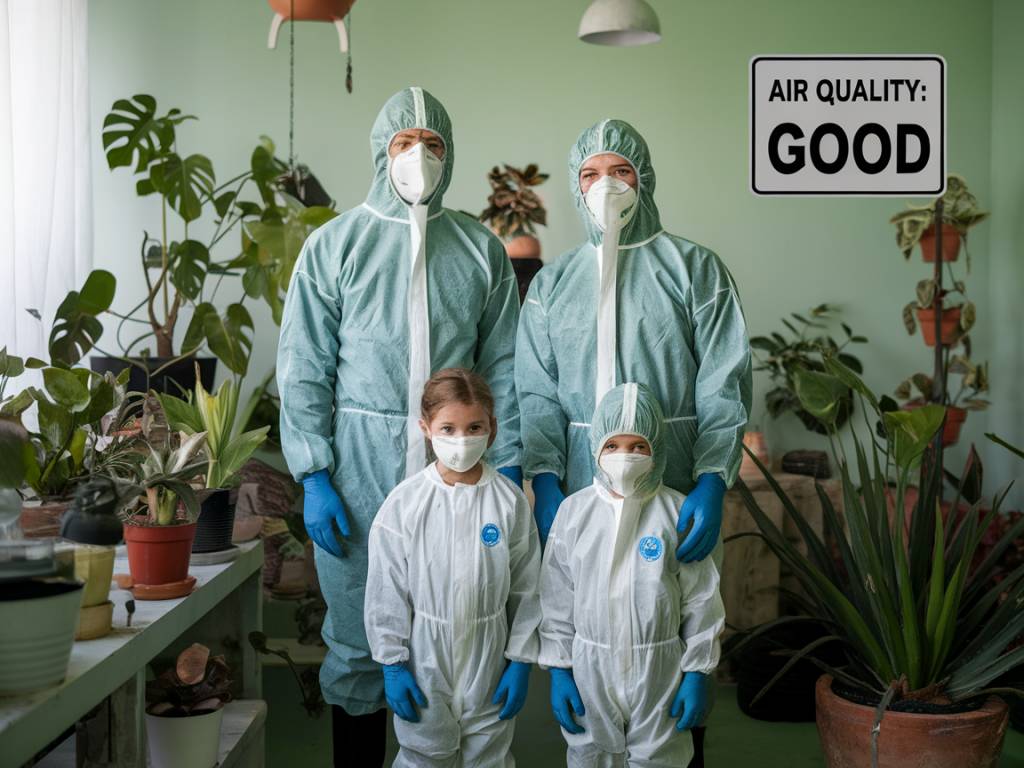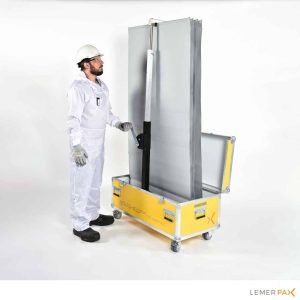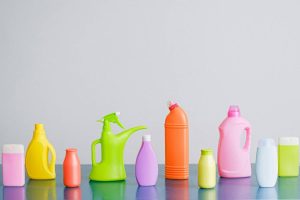How to protect your family from environmental toxins at home

How to protect your family from environmental toxins at home
Understanding the Invisible: What Are Environmental Toxins?
Picture this: you’re sipping your morning coffee, watching the sunlight dance across your kitchen table as birds chirp outside. It’s your haven, your sanctuary. But lurking in the nooks and crannies of your beloved home are unseen enemies—environmental toxins. From cleaning products to the very air we breathe, these substances can silently impact our health. But what exactly are they?
Environmental toxins are chemicals that can interfere with our health, often introduced into our lives through everyday products. They can originate from paints, household cleaners, or even our furniture. While some might sound harmless, prolonged exposure can lead to health issues. We need to be vigilant about how these elements creep into our daily routine.
The Air You Breathe: Reducing Indoor Air Pollutants
Ever noticed how fresh the air feels after a gentle rain? Unfortunately, the air indoors doesn’t always match that purity. Indoor air can be 2 to 5 times more polluted than what’s outside! It’s a staggering thought, especially when we realize how much time we spend indoors. But how can we reclaim our air’s purity?
A simple yet effective step is to invest in air purifiers that target specific pollutants. Look for those with HEPA filters, as they are great at trapping tiny particles such as pollen, dust mites, and pet dander. Regular ventilation is another key. Even opening windows for a few minutes each day can significantly improve indoor air quality.
Hidden Dangers: How to Handle Household Chemicals Safely
We often think of our cleaning products as allies in our battle against grime, but many contain ingredients that are less than friendly to our health. It’s time to put these cleaning products under a microscope.
Start by reading labels. Opt for products labeled “non-toxic” or “biodegradable.” Homemade solutions can be effective and eco-friendly. For instance, a mixture of vinegar and baking soda works wonders on surfaces. Moreover, always store these products securely, out of reach of small hands, to avoid accidental exposure.
The Fabric of Our Lives: Choosing Safe Furnishings
Our couches and cushions can be more than just comfort zones; they might be the source of certain toxins, such as flame retardants and formaldehyde. These chemicals are known to leach into the air over time.
When choosing furnishings, aim for those labeled “formaldehyde-free” or “low-VOC.” Materials like solid wood, natural fibers, and organic fabrics are not only sustainable but also less likely to emit harmful substances. Always let new furniture air out for several days in a well-ventilated space before bringing it fully into your living area.
Water, the Essence of Life: Ensuring Its Purity
There’s nothing quite like a glass of cool, refreshing water. Yet, even this vital source can sometimes carry its own set of toxins, from heavy metals to pesticides. How do we ensure what we’re consuming is indeed pure?
Installing a good water filtration system goes a long way in ensuring the purity of your household water supply. Whether it’s a pitcher filter or an under-sink system, always check certification standards to ensure effectiveness against specific contaminants present in your area.
Empowering Your Family: Educating for a Healthier Home
It’s one thing to make changes yourself, but the true power lies in educating your family. Knowledge is indeed power when it comes to creating a sustainable and healthy home environment.
Engage your family in these practices. Turn it into a fun, educational activity. Children, surprisingly, embrace these concepts well when they’re involved in the process. Create a checklist together for things like turning off electronics to avoid unnecessary exposure to EMFs or choosing plants that naturally clean the air.
Small Changes, Big Impact: Daily Habits for a Toxin-Free Home
Making your home toxin-free doesn’t require massive overhauls. Instead, small daily habits can make a significant difference. Wondering where to start?
- Swap out plastic containers for glass or stainless steel for safer food storage.
- Choose natural or organic personal care products to reduce skin’s exposure to harmful chemicals.
- Regularly vacuum and clean your home to reduce dust accumulation.
By implementing these steps, not only do we protect ourselves and our family, but we also nurture our planet, passing down a healthy world to future generations.
As we continue our journey intertwined with nature, let’s remember: making informed choices today ensures a healthier, greener tomorrow. Together, we can reduce the risks posed by environmental toxins and foster environments where we and our loved ones thrive.





